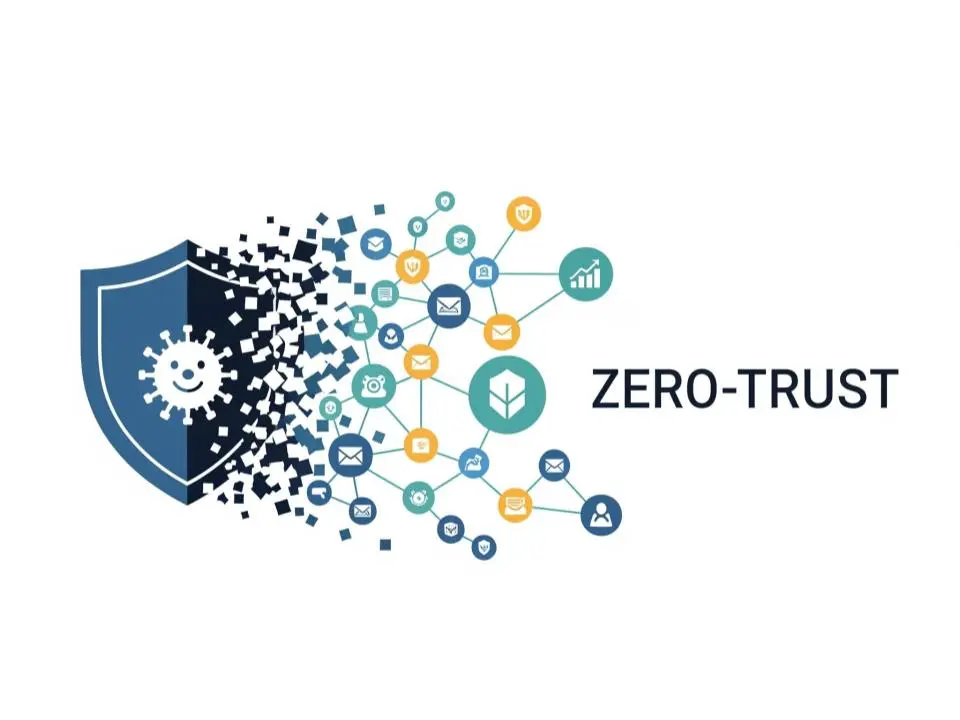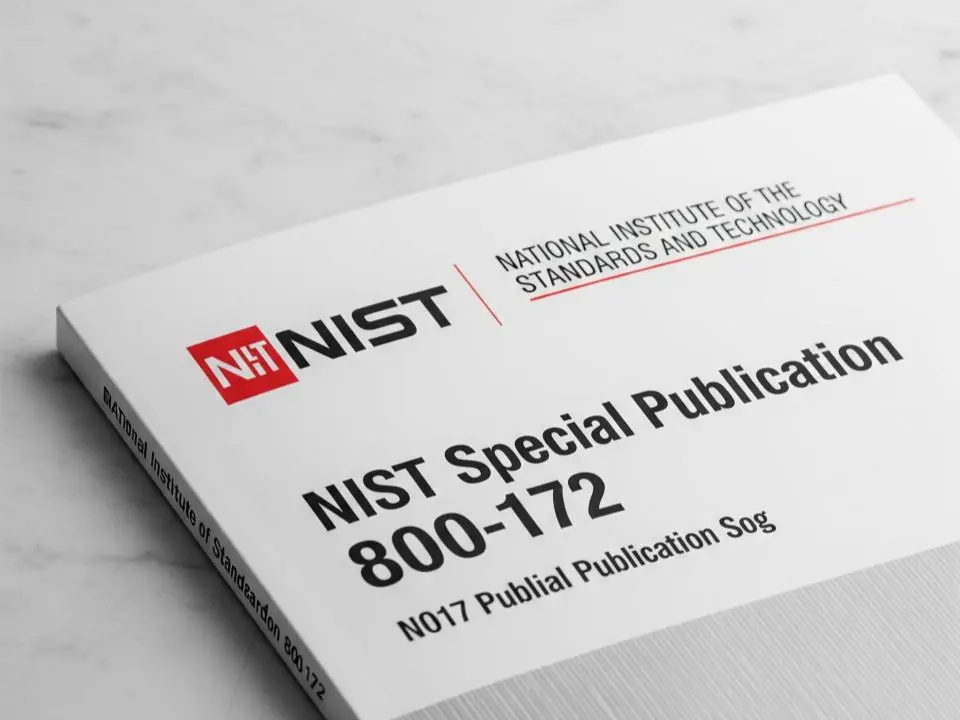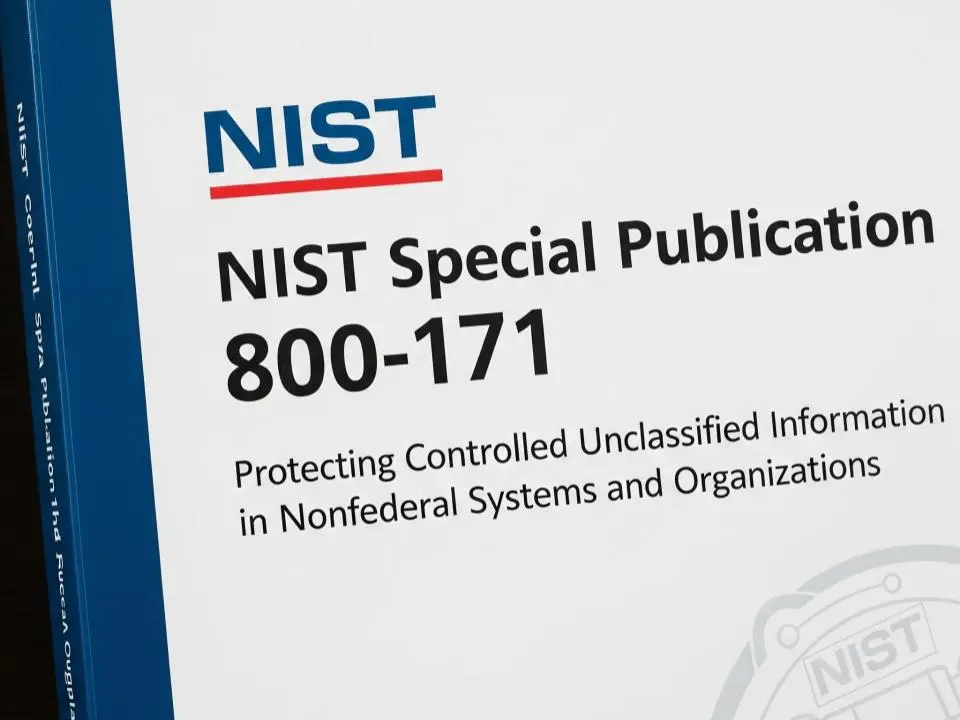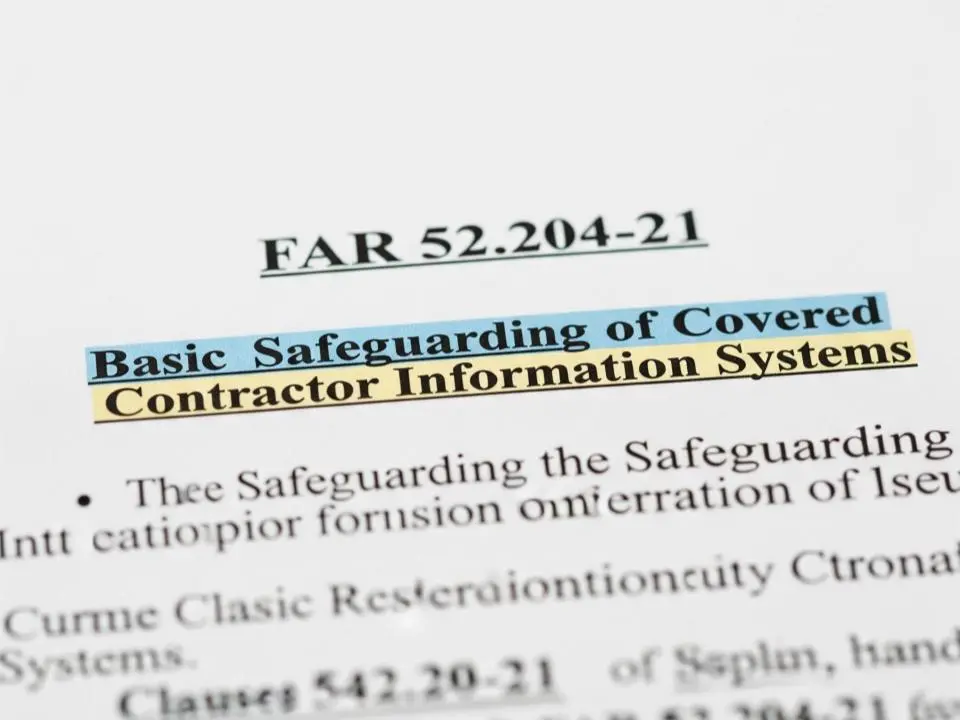For decades, antivirus software was the cornerstone of cybersecurity. You bought a license, installed it on your company machines, and felt reasonably protected from whatever threats might come your way.
But here’s the hard truth I’ve been telling clients lately: Traditional antivirus is dying.
The digital threats we face today are evolving faster than signature-based tools can keep up. Meanwhile, attackers are using AI, automation, and stolen credentials to bypass defenses altogether—never triggering those old-school virus scanners in the first place.
If you’re still relying on antivirus software as your first line of defense, your business isn’t secure. It’s vulnerable.
And Zero Trust is the model that’s replacing it.
The Problem with Traditional Antivirus
Let’s start with what antivirus is—and isn’t.
Traditional antivirus software works by identifying known threats like viruses, malware, and other bad code based on signatures. These are like fingerprints that tell the software, “This file is bad.”
It’s reactive. It’s slow. And in today’s threat landscape, it’s not nearly enough.
Why? Because modern attacks don’t always look like viruses anymore.
Today’s attackers are:
- Using stolen credentials to log in as legitimate users.
- Deploying fileless malware that runs entirely in memory (invisible to antivirus).
- Writing new malware variants on the fly using AI tools.
- Abusing trusted apps and services like Microsoft 365 to move laterally and exfiltrate data.
Antivirus might catch the flu. But today’s attackers are armed with precision tools, and you need more than a thermometer and tissues to defend yourself.
What Is Zero Trust and Why Is It the Replacement?
Zero Trust is a modern cybersecurity framework that assumes nothing and no one can be trusted by default.
It doesn’t matter if you’re inside the network, if you’ve logged in before, or if you’re using a “clean” device. Every request, every access attempt, is treated as suspicious until it’s verified.
Here’s the mindset shift:
Traditional Security: “Once you’re in, you’re trusted.”
Zero Trust Security: “No one is trusted. Prove who you are, every time.”
Zero Trust isn’t just replacing antivirus; it’s replacing the outdated idea that security is a product. It’s a strategy.

Why Antivirus Alone Doesn’t Cut It Anymore
Let me put this in real-world terms.
Imagine you run a warehouse. Traditional antivirus is like a security guard who checks the faces of people coming in, but only if they’re already on a watchlist. If the intruder wears a disguise, they walk right in.
Zero Trust?
That’s full background checks, badge swipes at every door, motion sensors, and cameras that alert when someone’s acting out of character, no matter how good their disguise is.
“Antivirus looks for threats. Zero Trust assumes they’re already inside.”
— Grant Eckstrom, vCISO at Succurri
And with AI-generated attacks, deepfakes, and credential stuffing on the rise, assuming you’re already compromised isn’t paranoia; it’s smart business.
What Replaces Antivirus in a Zero Trust World?
Now, don’t get me wrong—antivirus still has a role. It’s just no longer the centerpiece. Here’s what Zero Trust includes instead:
✅ Endpoint Detection & Response (EDR)
Goes beyond antivirus to detect suspicious behavior, isolate compromised devices, and provide deep visibility.
✅ Multi-Factor Authentication (MFA)
Even if credentials are stolen, attackers can’t log in without a second factor.
✅ Least Privilege Access
Employees only get access to what they need. No more “everyone’s an admin” risk.
✅ Continuous Monitoring
Real-time tracking of device health, user behavior, and access patterns.
✅ Network Segmentation
Even if an attacker gets in, they can’t move laterally across the business.
✅ AI-Powered Threat Analysis
Modern security tools and cybersecurity services use machine learning to spot threats before traditional tools even know they exist.
Real-World Story: Antivirus Missed It, Zero Trust Didn’t
One of our clients, a mid-sized engineering firm, called us after they were hit by ransomware. They had up-to-date antivirus software on every machine. But here’s what happened:
- An employee clicked a link in a phishing email.
- The attacker used valid credentials to log into Microsoft 365.
- They created forwarding rules to siphon emails.
- They encrypted key files before the antivirus ever noticed.
When we came in, we implemented a Zero Trust framework and:
- Blocked external logins from suspicious regions
- Required MFA on all accounts
- Segmented the file server from internal systems
- Monitored login patterns for anomalies
They haven’t had a single breach since.
What Business Leaders Need to Know
This isn’t just an IT problem. It’s a business problem.
Insurance carriers are now requiring Zero Trust controls to underwrite cybersecurity policies. Regulatory bodies expect you to go beyond basic protections. And your customers? They expect you to keep their data safe.
If your security strategy still revolves around antivirus alone, here’s what I’d tell you:
- You’re behind.
- You’re exposed.
- You have options.
Start upgrading your thinking, then your systems.
Use our Business Network Security Checklist to get started.
Or request a free audit, and we’ll show you exactly where your gaps are.

It’s Time to Move Away from Antivirus to Zero Trust
Antivirus isn’t “bad.” It’s just outdated. It’s like bringing a BB gun to a drone fight.
Zero Trust is the new standard. It’s proactive. It’s intelligent. It’s realistic.
And most importantly, it gives business leaders confidence in their ability to operate securely in an insecure world.
If you’re still leaning on antivirus as your primary security strategy, it’s time we talk.
Let’s build something stronger—together.
— Grant Eckstrom, vCISO at Succurri
For more information about our managed IT services, or to book a discovery call, contact us today!






